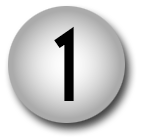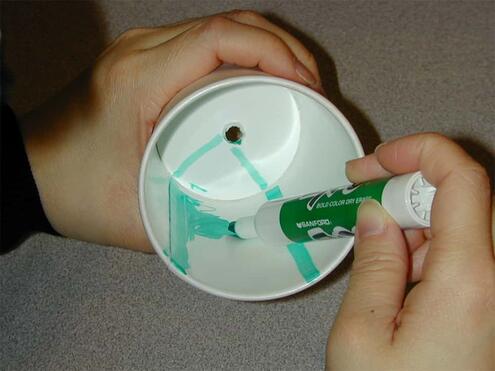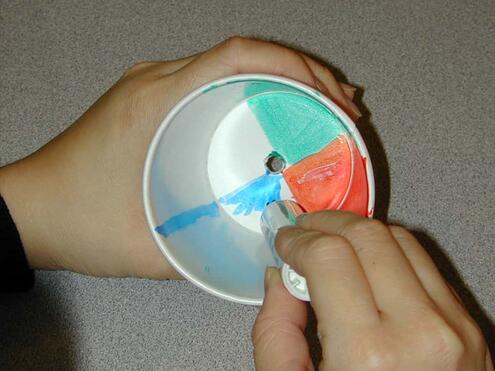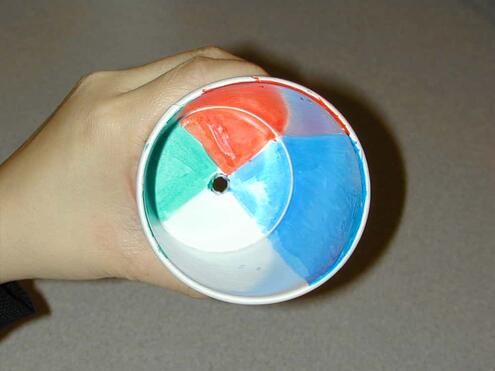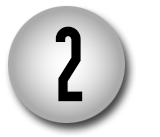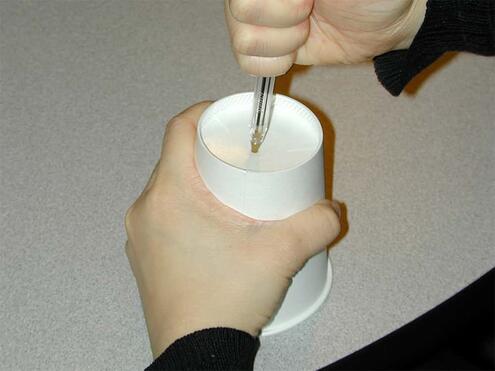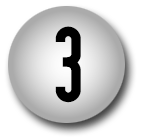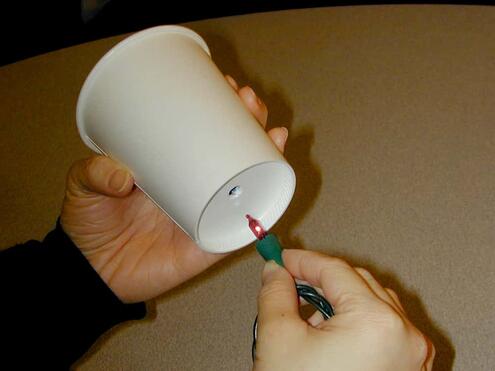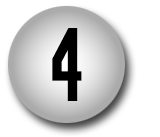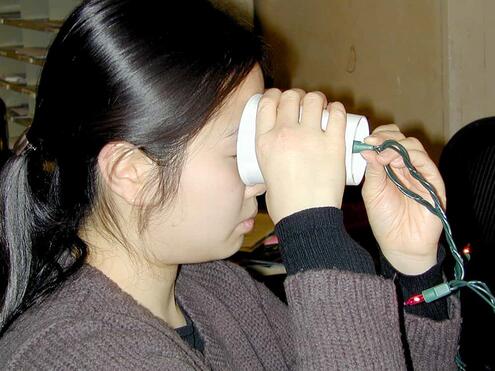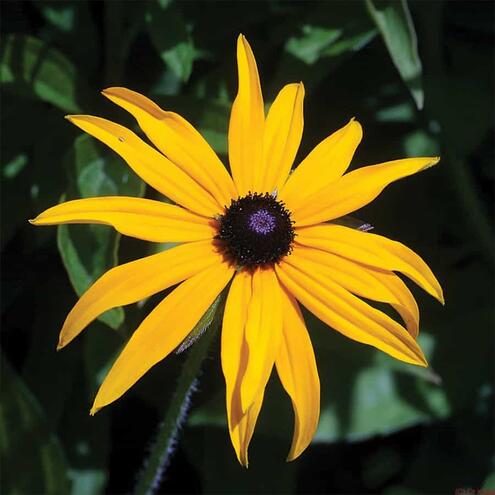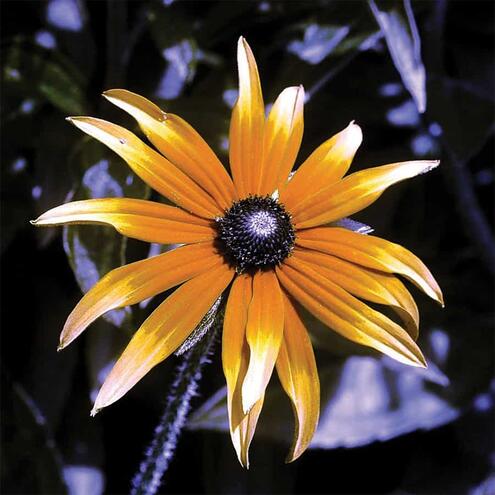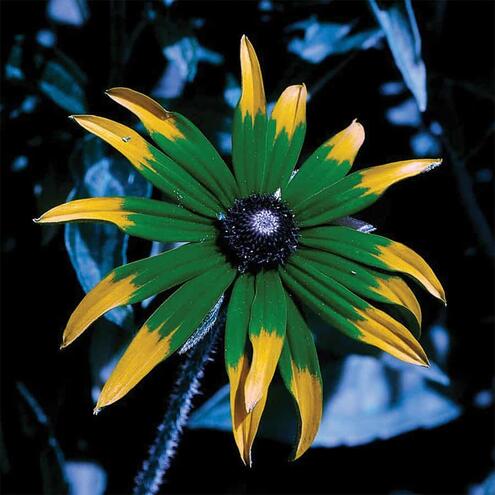
Light is a kind of energy called electromagnetic radiation. There are many different forms of electromagnetic radiation, such as radio waves, microwaves, ultraviolet rays, and X-rays. Each form is characterized by a different wavelength. For example, radio waves can be several miles long, while gamma rays are smaller than atoms. The light that we see — visible light — falls somewhere in the middle of this "electromagnetic spectrum."
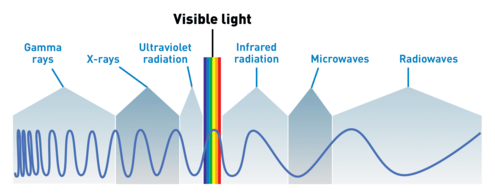
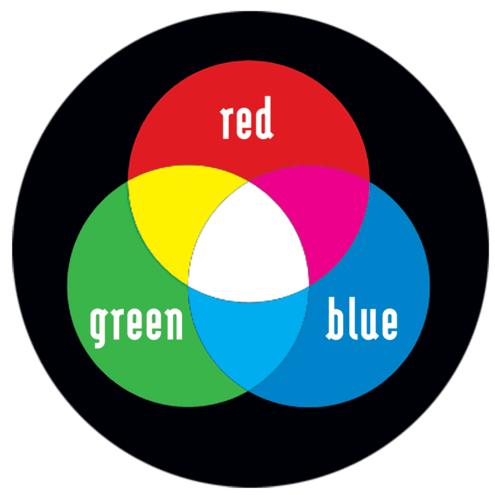
All the colors we see are combinations of red, green, and blue light.
Visible light may be a tiny part of the electromagnetic spectrum, but there are still many variations of wavelengths. We see these variations as colors. On one end of the spectrum is red light, with the longest wavelength. Blue or violet light has the shortest wavelength. White light is a combination of all colors in the color spectrum. It has all the colors of the rainbow. Combining primary colors of light like red, blue, and green creates secondary colors: yellow, cyan, and magenta. All other colors can be broken down into different combinations of the three primary colors. (If you're mixing material like paint, the primary colors are red, blue, and yellow... but for light, the primary colors are red, blue and green!)
Objects appear one color or another because of how they reflect and absorb certain colors of light. For example, a red wagon looks red because it reflects red light and absorbs blue and green light. A yellow banana reflects red and green light, and absorbs the rest.
What You'll Need
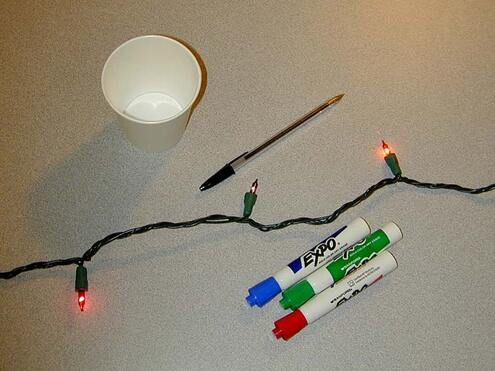
- 1 white paper cup
- Red, green, and blue markers
- Strand of brightly colored holiday tree lights
- 1 pencil or pen
What To Do
Try This!
A Sight to Bee-hold!
Image Credits:
electromagnetic spectrum, courtesy of AMNH/E.Hamilton; flowers, © Dr. Klaus Schmitt, uvur.eu; all other images courtesy of AMNH




 Biodiversity
Biodiversity
 Brain
Brain
 Genetics
Genetics
 Marine BiOLogy
Marine BiOLogy
 MicrobiOLogy
MicrobiOLogy
 PaleontOLogy
PaleontOLogy
 ZoOLogy
ZoOLogy
 AnthropOLogy
AnthropOLogy
 ArchaeOLogy
ArchaeOLogy
 Astronomy
Astronomy
 Climate Change
Climate Change
 Earth
Earth
 Physics
Physics
 Water
Water

